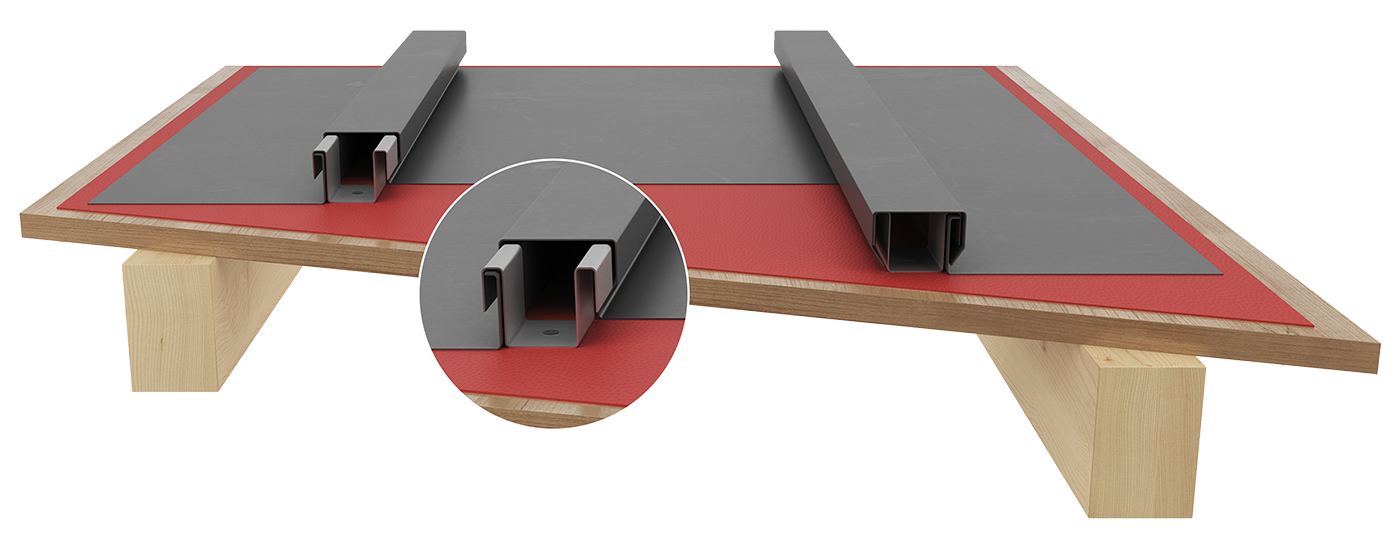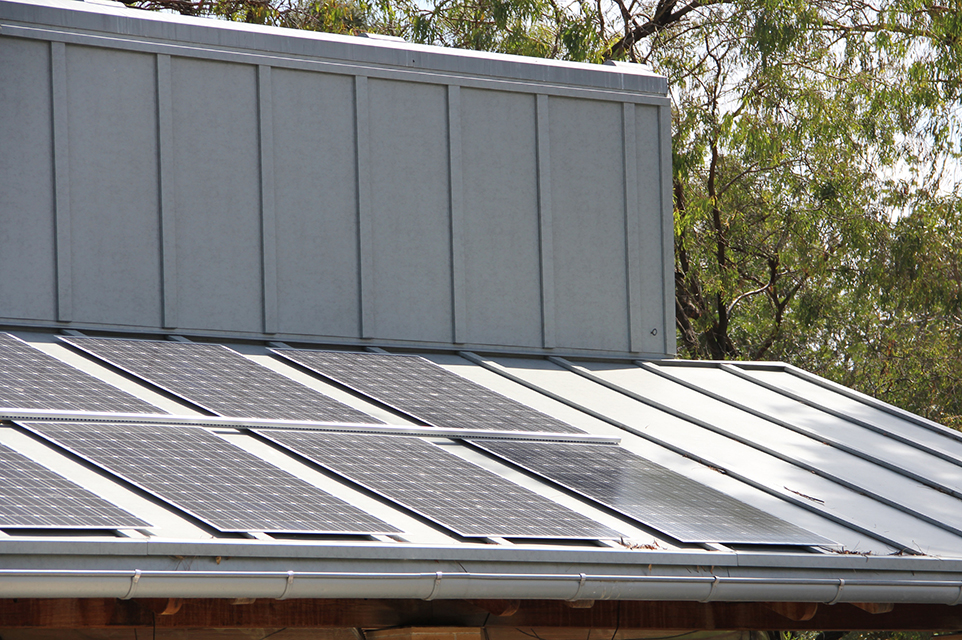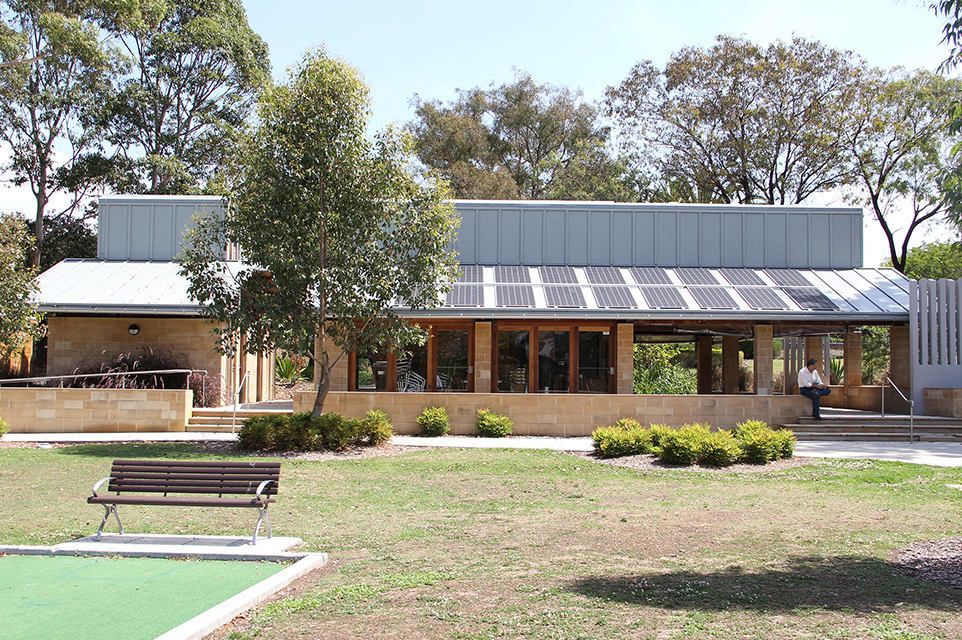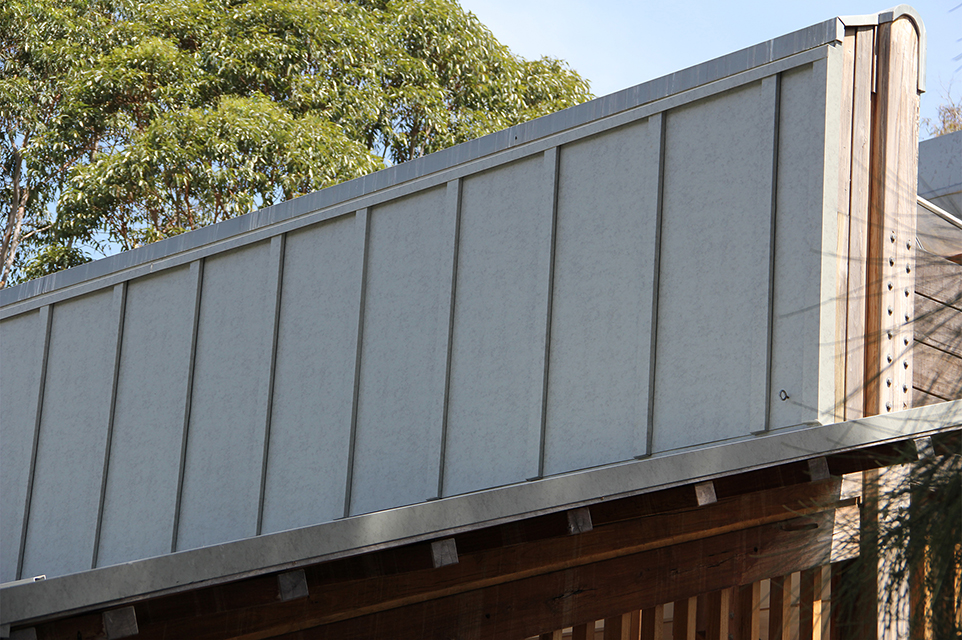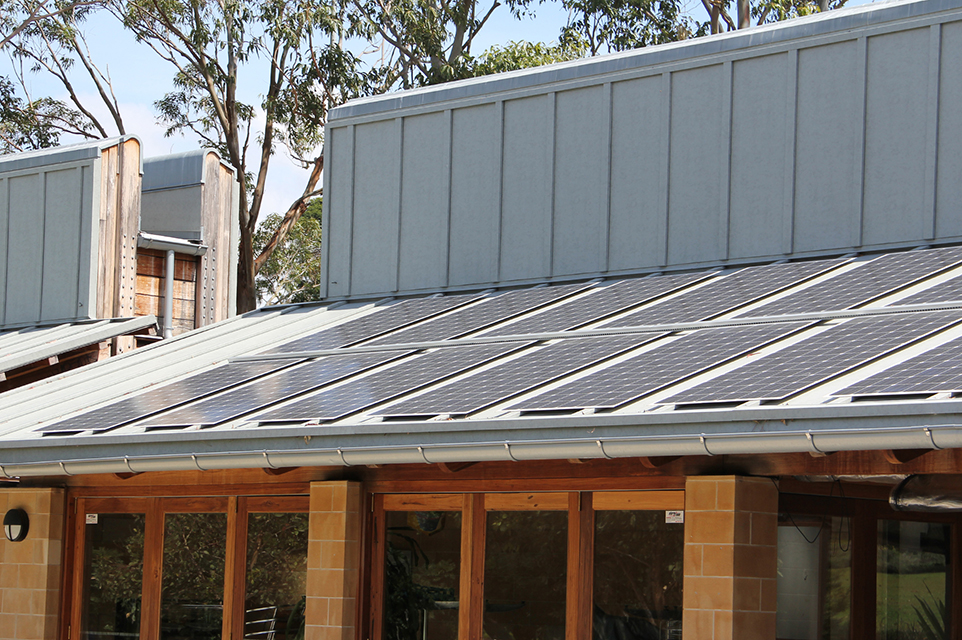The batten seam system is the most traditional tray roofing system with a raised 40mm high seam and 50mm wide batten cap for chunkier wider looking seams. A traditionally old technique used for hundreds of years throughout Europe now modernised for more contemporary designs. It reflects the individual concerns for both light and shadow and produces designs that have a modern yet historical perspective.
Not commonly seen in our market, the system provides time efficient project installation and pronounced seam definition, not achievable with any other profile.

